I couldn’t tell if my sleeping bag was wet or just damp, but I was too tired to care. My whole body ached. When I lay down flat each vertebrae in my back cracked, giving way and settling me into the horizontal position I’d been wanting for hours. I closed my eyes, hungry for sleep… I heard a gong. NO, 4am already?
I sat up against the mildewed stone wall for awhile, fighting my eyes open and trying to remember why I’d wanted to do this. Day three. I pulled on socks, a second pair of pants over my leggings, a turtleneck and a down jacket. The dimly lit hall was already full of tired zombies shuffling towards the door. I fell in line and, after going through the motions of brushing my teeth, followed the beam of my flashlight up to the main hall.
Silently we filtered in, about 100 of us, women on one side, men on the other. I adjusted my nest of pillows and prepared for what would be the first of nearly 11 hours of seated meditation that day. Why you might ask? In the words of S.N. Goenka and the Vipassana teachings I would answer: for an “observation-based, self-exploratory journey to the common root of mind and body that dissolves mental impurity, resulting in a balanced mind full of love and compassion.”
This is the Vipassana process, an art of living passed down from Buddha and shared to the world through free 10-day introductory courses at 162 centers and 121 non-centers around the world. While these sites vary in amenities and food, the rules and schedules are identical and strict. Most of the guidelines are easy to follow, i.e. no killing (this includes mosquitos) or stealing.
Practicing noble silence of body, speech and mind is a more difficult one. No communication, including eye contact, with other participants is harder still. I broke the rule only once to throw my boyfriend a birthday card and even dared some eye contact. I’m a fan of the centers but they are no place to spend a birthday.
Tobacco, physical exercise, physical contact and distractions, such as music or reading are prohibited.
The goal of a Vipassana course is self-purification through self-observation. The literal Dhamma translation of Vipassana is “seeing things as they really are.” Methods are introduced, such as watching your breath — cold as it enters your nostrils, warm as it exits, one side always more open than the other. Then you follow sensations from your head to your toes and back up, cultivating equanimity when your body or mind do not cooperate.
The center I attended near Dharamsala, India was tucked in a mountainous pine forest — damp, mist-laden and still, except for the psychotic monkeys. Stampeding loudly over the tin roofs, snarling at passerbyes and stealing whatever they could, they made for a comical contrast to the meditative setting.
Once I was ganged up on by a group of them as I was heading up the stairs, I didn’t have a stick so I picked up a rock, wondering how to non-violently and quietly scare them off. I faked a throw and they backed up enough for me to slip by.
Days were long, starting at 4am and ending at 9:30pm, but soon you fall into a rhythm of meals, sittings, teachings and more sittings and, if you’re lucky, your mind starts to pipe down.
Overall, there’s not much hand holding. As the days progress, pillows start to remain empty and are eventually removed. The numbers decrease. People leave the hall crying but are patiently guided back in by volunteer servers. There are those with more bizarre but entirely natural reactions: vomiting, loss of consciousness or nightmares.
There are also invaluable breakthroughs and magical moments of perspective. While it’s not all rainbows and psychedelic trips, most people, myself included, would agree that it’s a priceless experience.
After 10 days of watching the reactiveness of your own mind and body, you begin to see that the tensions you create internally, which in normal life are blamed on external “causes,” are with you constantly, even without outer stimuli. Emotions come and go though nothing is happening. After working with observation of breath and equanimity towards sensation, the last few days involve meditations on loving kindness towards all.
The ten days did not leave me a different person, but they did give me some tools that I am grateful to have. I see now that our lives are too often a series of “blind reactions towards the pleasant and the unpleasant” and that it takes effort to break free of them. For those considering the course, I say go for it, but try not to get too serious with yourself. It’s tough and sometimes heavy. Keep it light, expect nothing, do what you can. It’s an exhausting, infuriating and wonderful mental ride.
For more about Vipassana and courses in your area visit www.dhamma.org

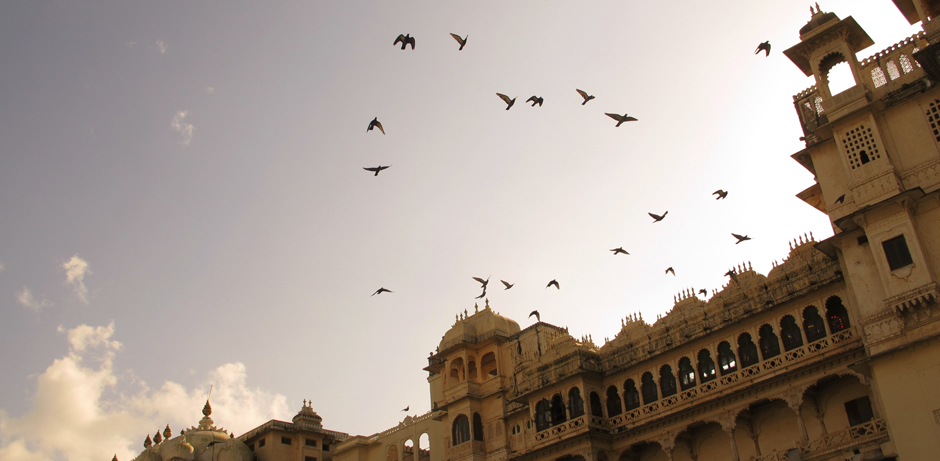
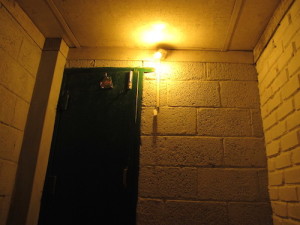
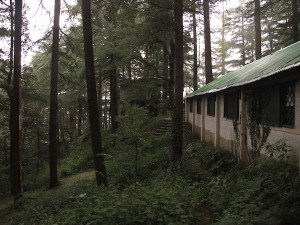
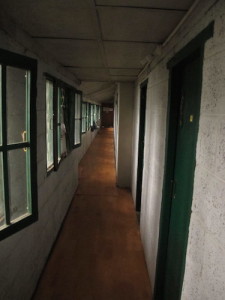
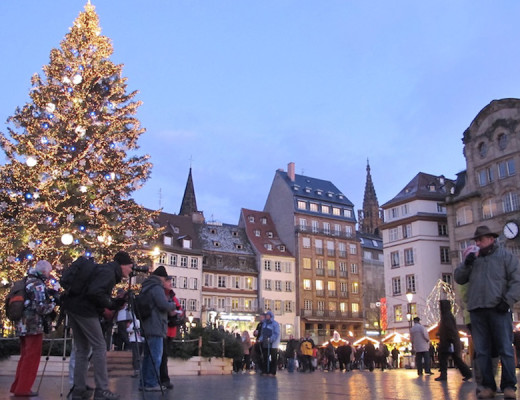
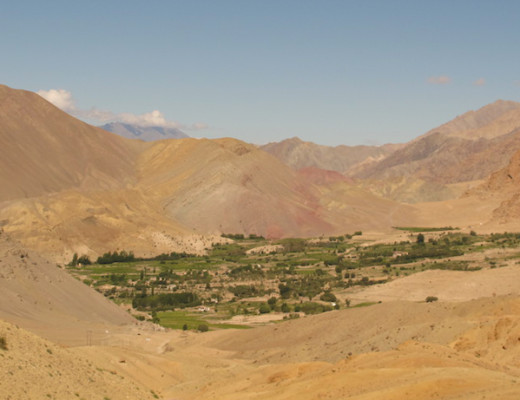
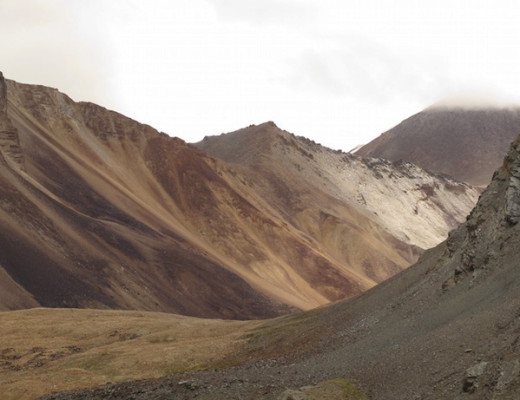
4 Comments
Julie
October 6, 2015 at 1:35 pmthis must really be a great experience, love your writing
Natalia
October 7, 2015 at 12:48 pmThanks! There’s one in Belgium if you want to give it a shot 🙂
Fida Islaih
October 11, 2015 at 11:44 pmThe way you set up the story is beautifully written. Thank you for sharing!
Natalia
October 19, 2015 at 12:08 pmThanks for reading! I’m glad you enjoyed it.